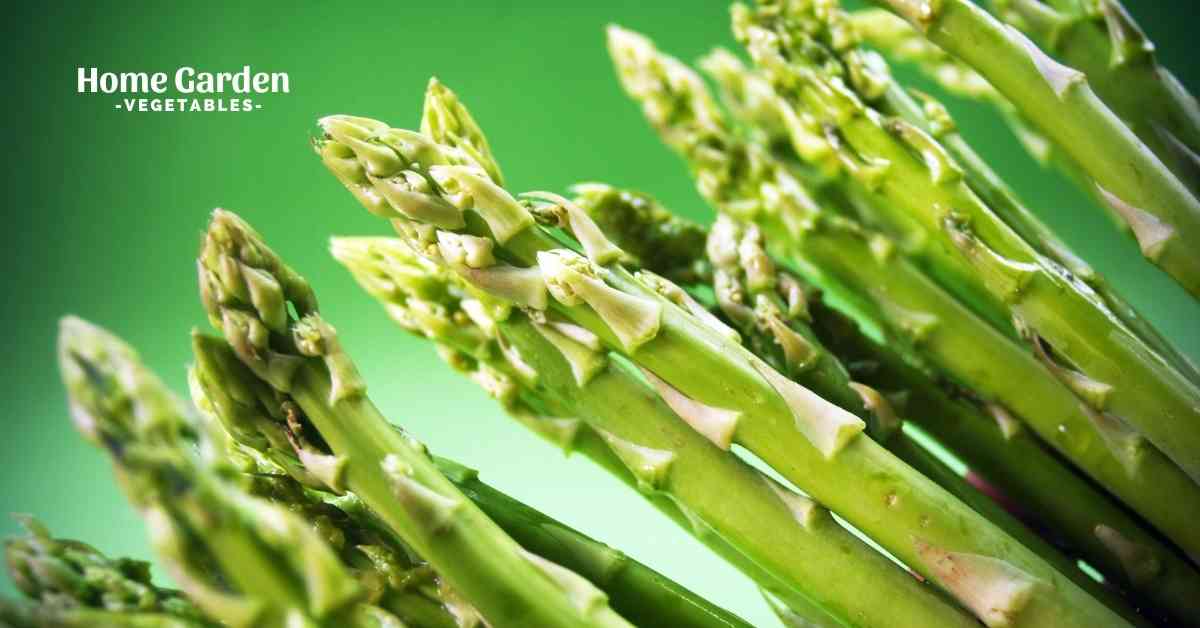Gardening became more than just a pastime in 2020, the year of staying at home and stockpiling food. It became both a means of survival and a means of self-care. The phrases easy-to-grow veggies, vegetable gardens, and perennial vegetables hit their pinnacle in Google searches during the last five years, according to Google Trends. During the lockdown time, these subjects saw a huge increase in interest.
Plants and gardening have reawakened a long-dormant interest in many individuals. One good reason to have plants in our houses is that we need to be surrounded by nature. Vegetable gardening, on the other hand, is more than simply a way to bring the outdoors inside. It’s all about producing your food on a little plot of land.
Reader Poll: What online courses would interest you?
As a rule, lettuce and peas tend to thrive in little vegetable gardens. Pumpkins and watermelons may be grown by those with greater room, and radishes can be grown as a present for friends and neighbors. Although several of these plants are perennials, most are annuals. Since they need yearly tilling, potting, and planting, they are often considered high-maintenance vegetables.
The good news is that you may cultivate a wide variety of perennial veggies in your garden. Perennial veggies are low-maintenance garden plants, much like most flowers that don’t need a lot of your time and attention. You won’t have to change your beds and borders every season, and you’ll be able to harvest a wide variety of nourishing vegetables. Here are some perennial vegetables.
Artichokes
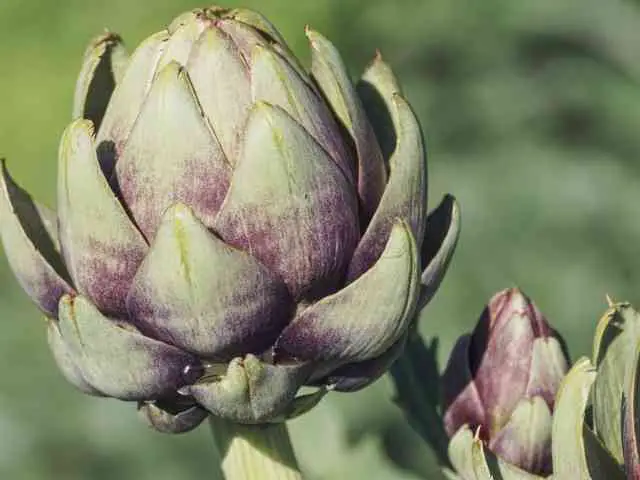
Additionally, you may harvest many artichoke heads from a single plant, making this crop both nutritious and delectable. You can’t get a better deal than that! Artichokes are hardy plants, but they need to be protected from the cold in the winter. Don’t mistake this vegetable with the Jerusalem artichoke (or sunchoke), which we’ll explore later in this list.
Subscribe to our newsletter!
Kale
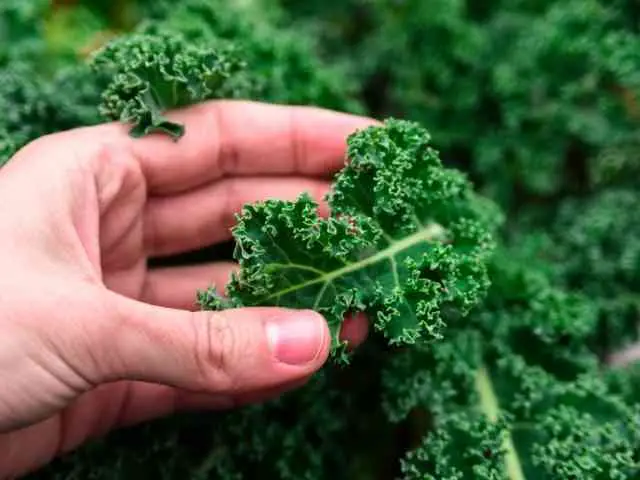
Kale, how I love thee. As a superfood, this vegetable has seen an increase in popularity in recent years. It’s a great addition to smoothies, soups, and salads, all of which we like. This food is rich in nutrients that are beneficial to our health. In contrast to many annual crops, kale is simple to cultivate, which is great news for home gardeners everywhere! When harvested in the autumn, it provides you with a year-round source of vegetables.
The majority of kale types are biennials. For those in a colder climate, you’ll want to consider perennials.
Daubenton
It’s one of the easiest types to reproduce, so preserve cuttings of the Daubenton and you’ll have an endless supply of the plant.
Walking Stick
You will be stunned by the sight of these plants, which are called walking sticks. Like a walking stick, the vegetable’s stalks and stems are quite long. Some may reach a height of 6 to 12 feet!
Sea Kale
People who live in areas with damp or sandy soil need not be concerned; sea kale may thrive even under these circumstances. Because of its grayish-blue foliage and white blooms, this perennial may also be grown alongside other aesthetic plants in your yard. You may eat her shoots, young leaves, and buds of the flower. They’re basically like conventional kale in terms of flavor and nutrition.
Asparagus
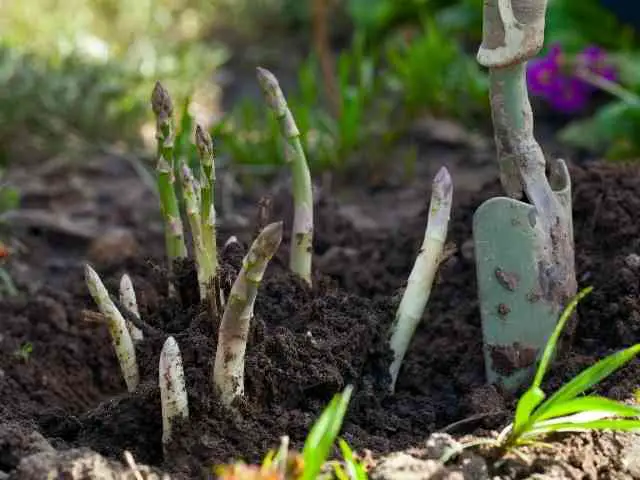
If we’re being honest, asparagus elevates whatever dish it appears on. Whether you steam or sauté your food, adding this on the side will quickly raise the quality of your meal. If you can’t afford to purchase fresh asparagus, here’s how you can grow your own.
Sorrel
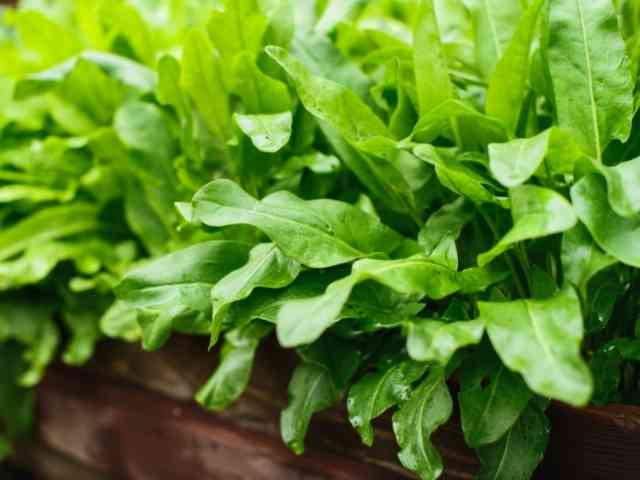
Leafy greens with tangy or lemon-flavored leaves are a popular side dish. Make your soups and salads a little more interesting with this tasty addition. This plant may be categorized as either a vegetable or a herb at different periods. If you have a perennial garden, you should include this in it.
These plants include the common garden sorrel (Rumex acetosa) and the French sorrel (Rumex latifolius and Rumex scutatus). The rhubarb is related to this plant if you’re not acquainted with it at all. In the spring, French sorrel is delicious but becomes a touch bitter as the weather warms up. Garden sorrel can survive in Zone 5, whereas French sorrel can survive in Zone 6.
Bunching Onions
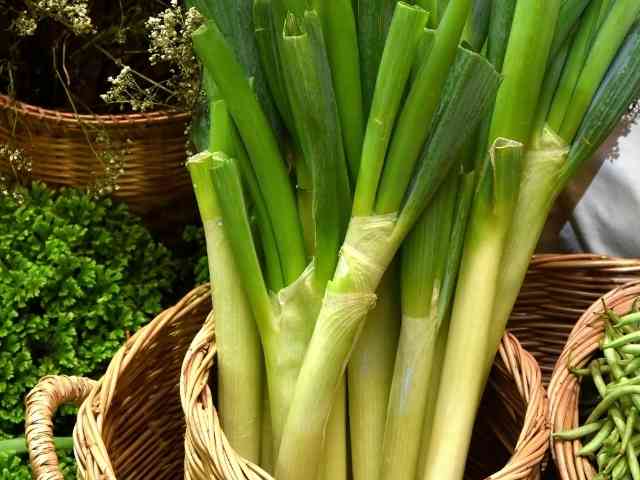
When I was a kid, seeing chopped spring onions as a garnish on a meal meant it was a special one. With their delicious scent and bright color, onions can enhance the taste of any dish, including soups and meat. Improve your cooking style by having them readily available in the garden.
Ramps or Wild Leeks
The term “ramp” may be unfamiliar to you. Foragers in the Appalachian Mountains have long used this onion related in their cooking. People used to sauté these spring flowers in animal fat butter with eggs and potatoes in the past. Originally cultivated in the early spring, ramps were highly esteemed by early immigrants and indigenous alike for their freshness and sweetness.
New Zealand Spinach
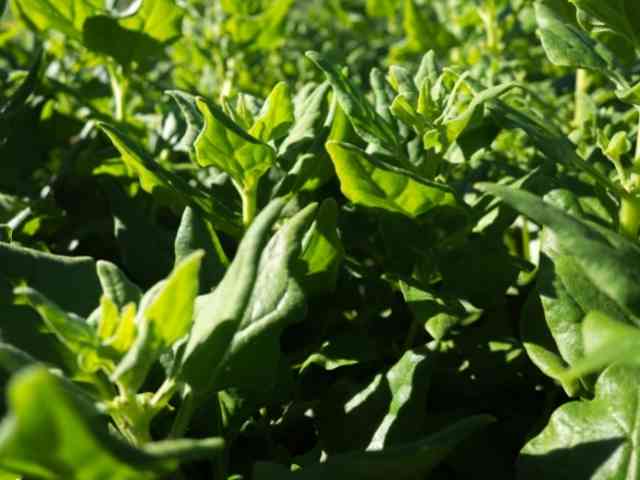
During the colder months, typical spinach is available, but during the hottest days, the leaf output slows down. When it comes to summertime, this perennial variety will continue to thrive. In terms of nutrition and flavor, it’s just like its cousin.
Egyptian Walking Onion
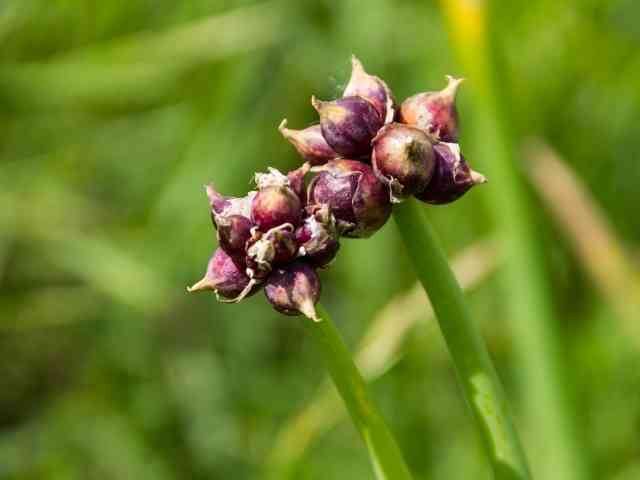
Walking onions may seem like an odd name for a perennial, but the truth is that this vegetable will ultimately stroll across your garden. Fortunately, they are not difficult to handle and do not pose a threat to your health or property. In a large household, this perennial grows swiftly, and you may easily consume a walking onion if you so like.
Jerusalem Artichokes
In your mind’s eye, see huge, six-foot-tall golden blossoms. The Helianthus tuberosus, which is closely related to sunflowers, has stunning late-summer blooms. Because of this, gardeners like to retain this perennial because of its healthy and nutrient-dense subterranean tubers. The Jerusalem artichoke, often known as sunchokes, is a vegetable! The tubers of perennial vegetables may be eaten raw or prepared in the same way as potatoes.
Good King Henry
The good thing about the Good King Henry (Chenopodium bonus-Henricus) is that the whole plant may be used for a variety of things. When the first shoots of spring begin to sprout, they may be enjoyed like asparagus. The greens are formed when the plant first starts to generate leaf tissue. Boiling or steaming is an option for preparing them like you would spinach.
Many people believe that it is more nutritious than spinach because of its high vitamin content. This is a terrific addition to your yard since it contains iron, calcium, vitamin B, and C. Once it’s established, it requires very little attention and just the correct quantity of water.
Conclusion
Edible perennial gardening is an interesting method to save time, money, and labor while growing tasty foods. Plant one of these perennial veggies, fruits, or herbs once and get the benefits for years to come.

